SciFri Picks: 2023 Science Books
Science Friday featured 35 books on the program this year. Here’s a recap of some of this year’s most exciting science titles.
Every year, Science Friday interviews authors about their new science-focused books, and 2023 was no different. With 35 different books featured on our program this year, it can be hard to keep track of all the amazing pop-sci and sci-fi titles that hit the shelves in the last 12 months. Here we’ve compiled a list of all the books we discussed on our show this year. Take a peek, listen to the full interviews, or grab a copy of an enticing new read for yourself or a loved one this season.
When you purchase products through the Bookshop.org links on this page, Science Friday earns a small commission, which helps support our journalism.
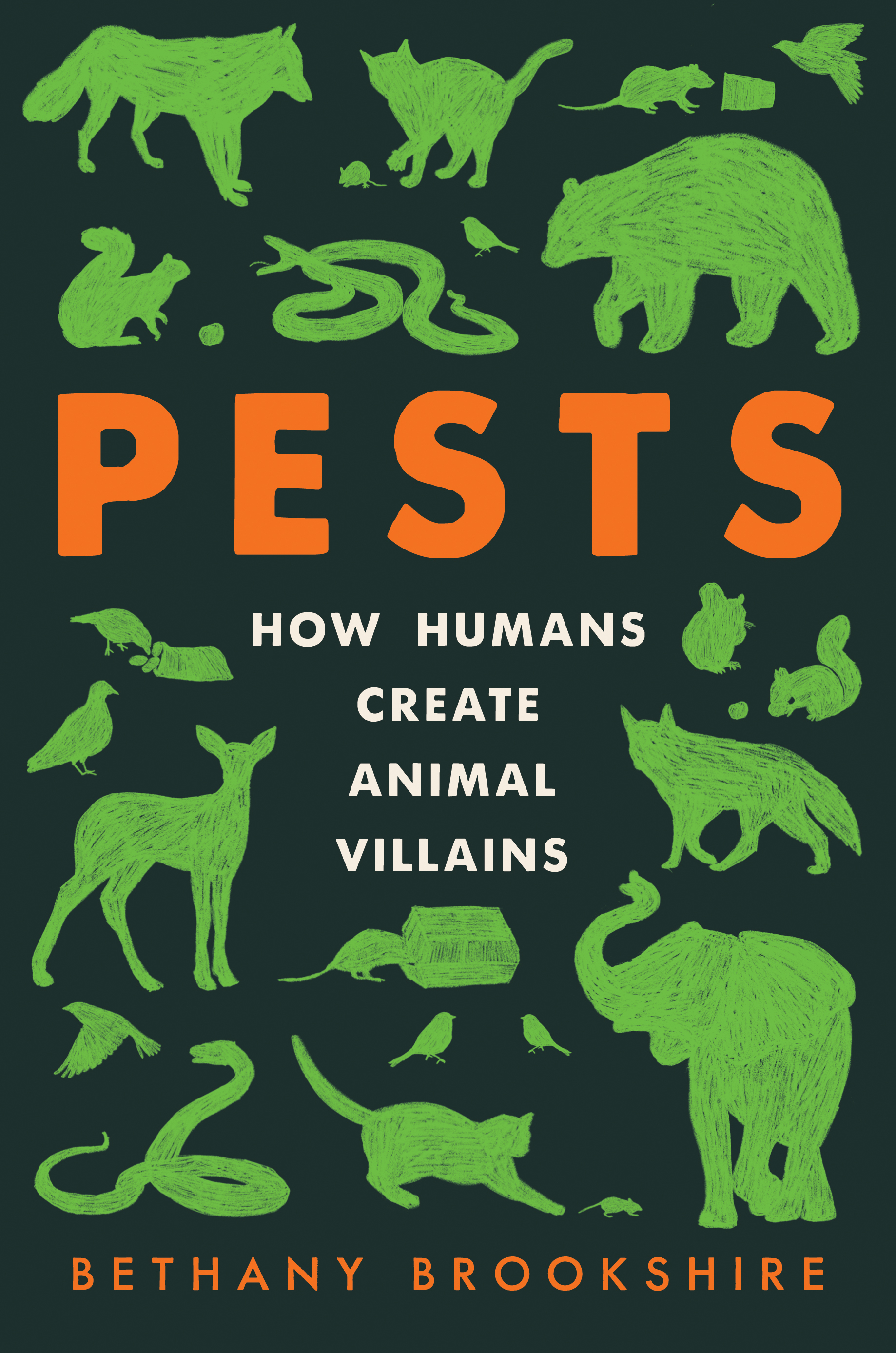 Pests: How Humans Create Animal Villains
Pests: How Humans Create Animal VillainsThe author on why our frustration with so-called pests is ill-placed: “We create niches that allow animals to thrive. We create piles of garbage that allow rats and mice to get by. We create beautiful cities that offer wonderful perching spots for sparrows and pigeons. And then we get angry because they’re doing so well, when we built the spaces that they inhabit.” Listen to the interview.
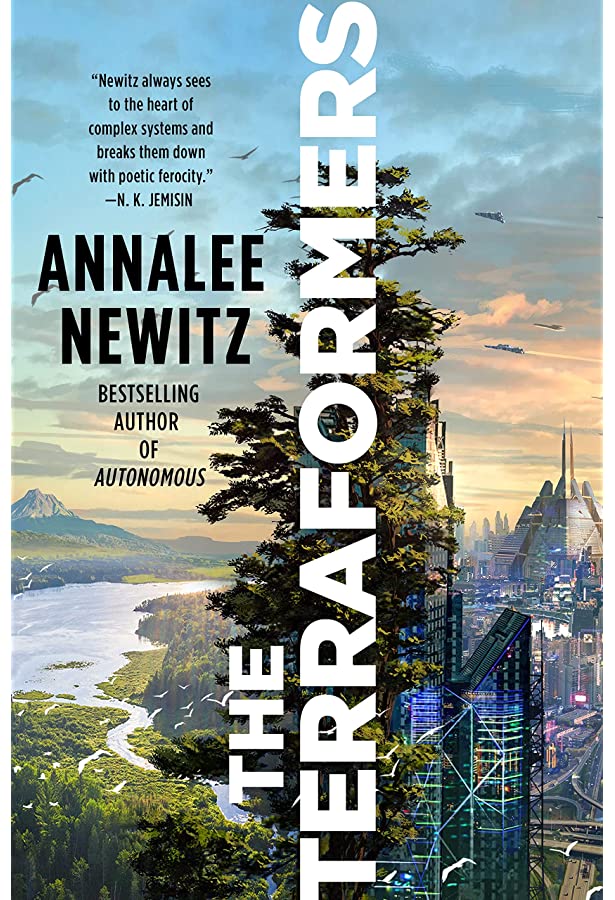
When guest host Maddie Sofia asked the author to talk more about our misconceptions about “untouched” nature, Newitz told her, “Part of the theme of The Terraformers is this idea that these are people who are completely engineering an environment in order to make it look like it hasn’t been engineered. And I wanted to really highlight the fact that, on Earth, we have been terraforming, effectively, for thousands and thousands of years, through agriculture, through hunting, just through land use.” Listen to the interview.
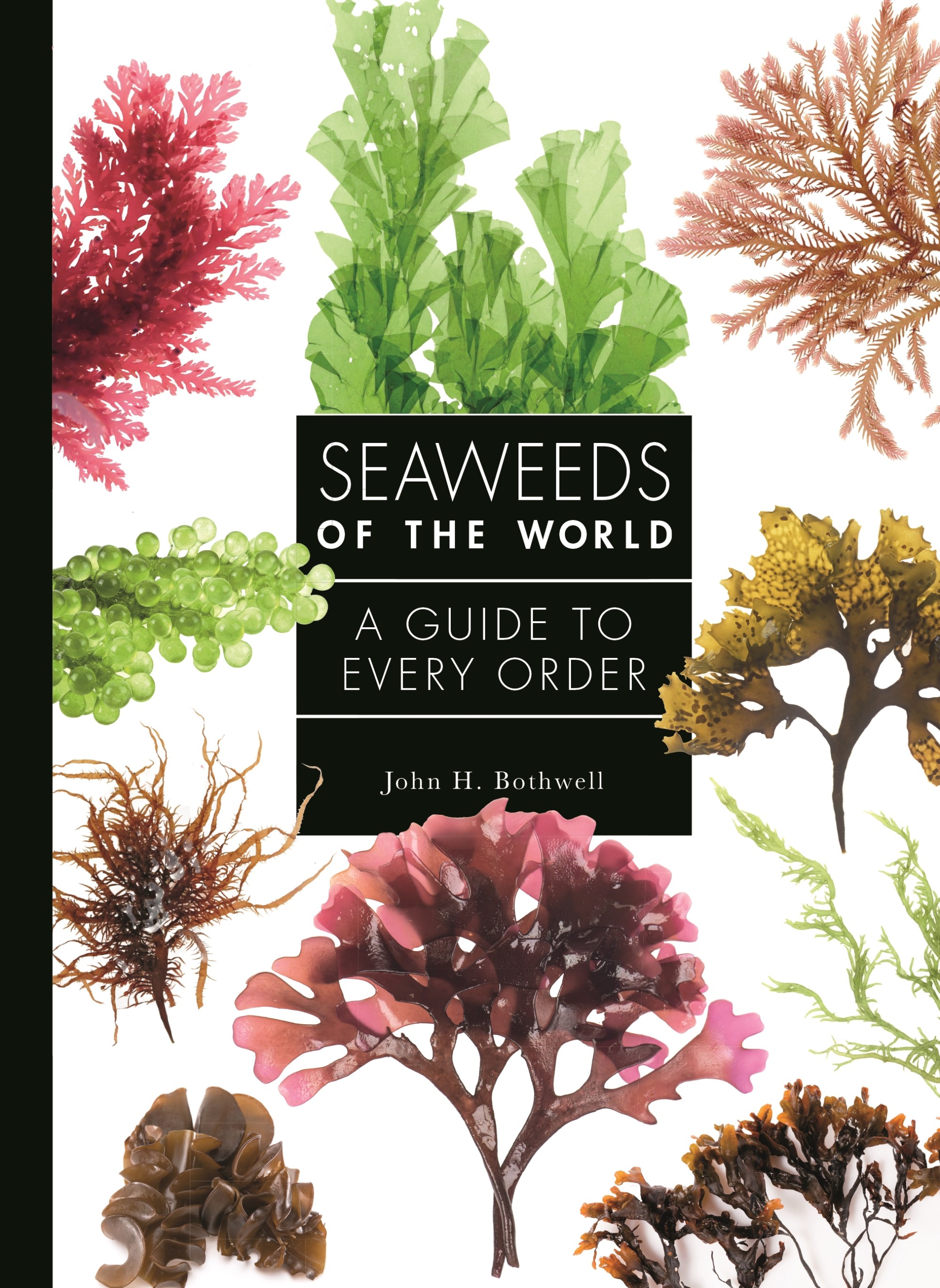
When asked about his favorite seaweed—“a very personal question”—the author told SciFri producer Charles Bergquist, “My favorite brown seaweed is Fucus serratus. … That was the first seaweed I did experimental work on. And one of the nice things about Fucus serratus is that the plants can be either male or female. So if you see a plant that has orange speckles at the tip, that’s male. If they’re green at the tip, that’s female.” Listen to the interview.
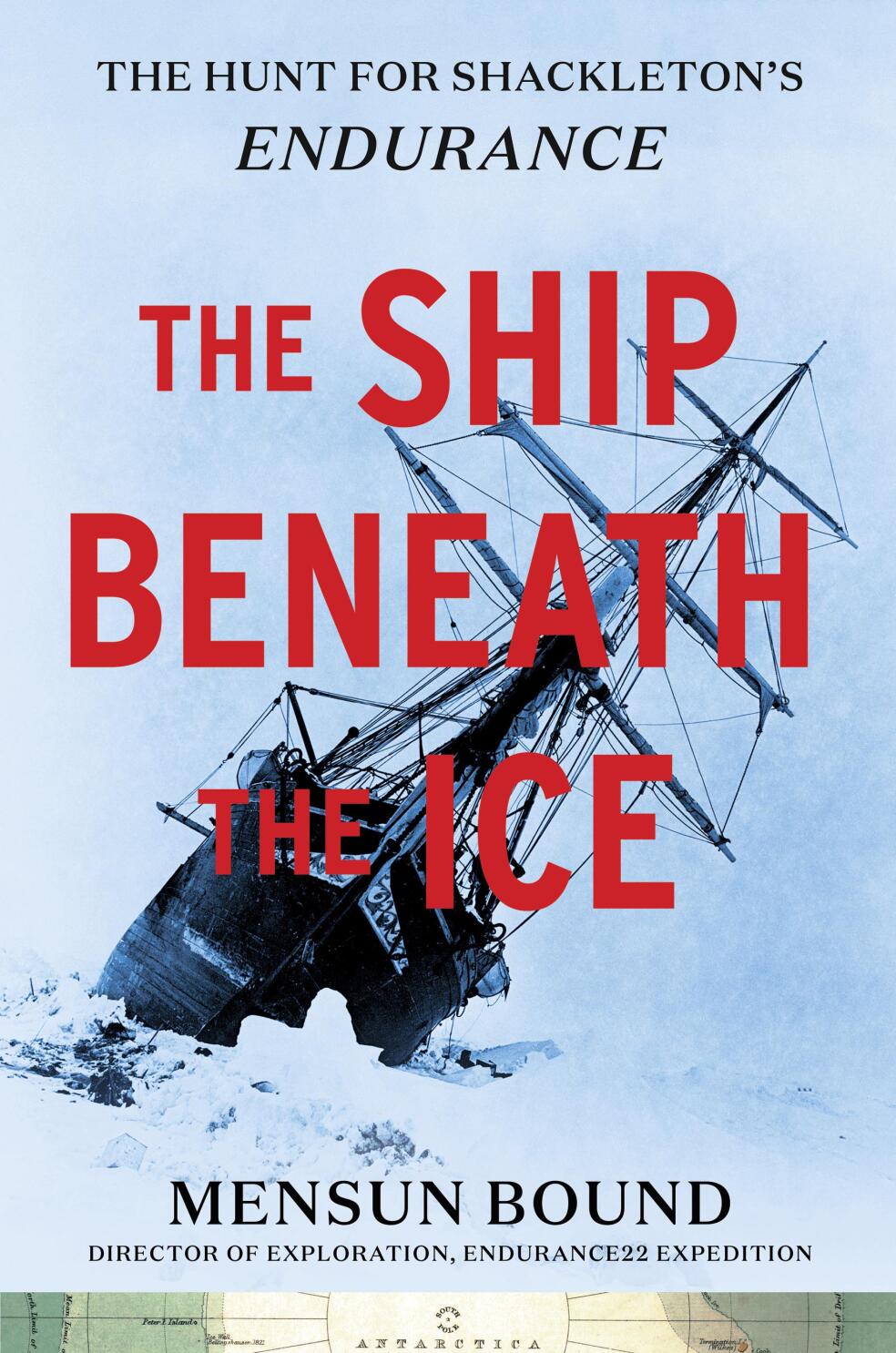
The author on his surprise at the remarkable preservation of the famous shipwreck when it was discovered in 2022: “You could count the ship’s fastenings, Ira. It was just unbelievable. I’ve never, ever seen a shipwreck as bold, as beautiful, as together as the Endurance.” Listen to the interview.
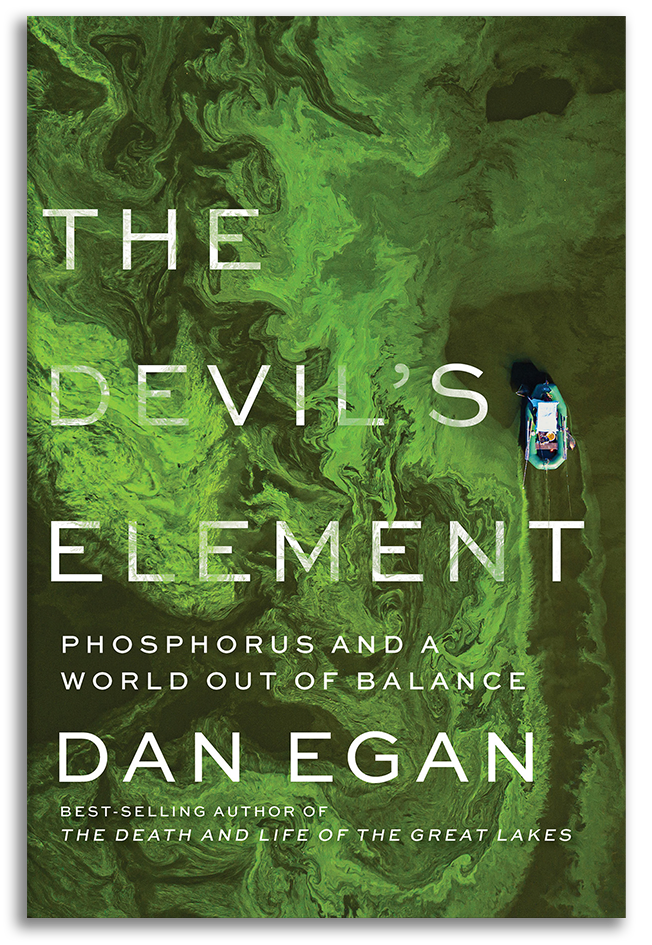
When host Ira Flatow asked Egan about scientists’ warning of a “phosphogeddon,” the author highlighted our complicated relationship with phosphorus: “… at the same time that we’re blowing through the existing and limited reserves, we’re overusing [phosphorus] in many cases, to the point where we’re growing food at the expense of our fresh water. … it makes its way into our waters, where it is responsible for these horrible algae blooms.” Listen to the interview.
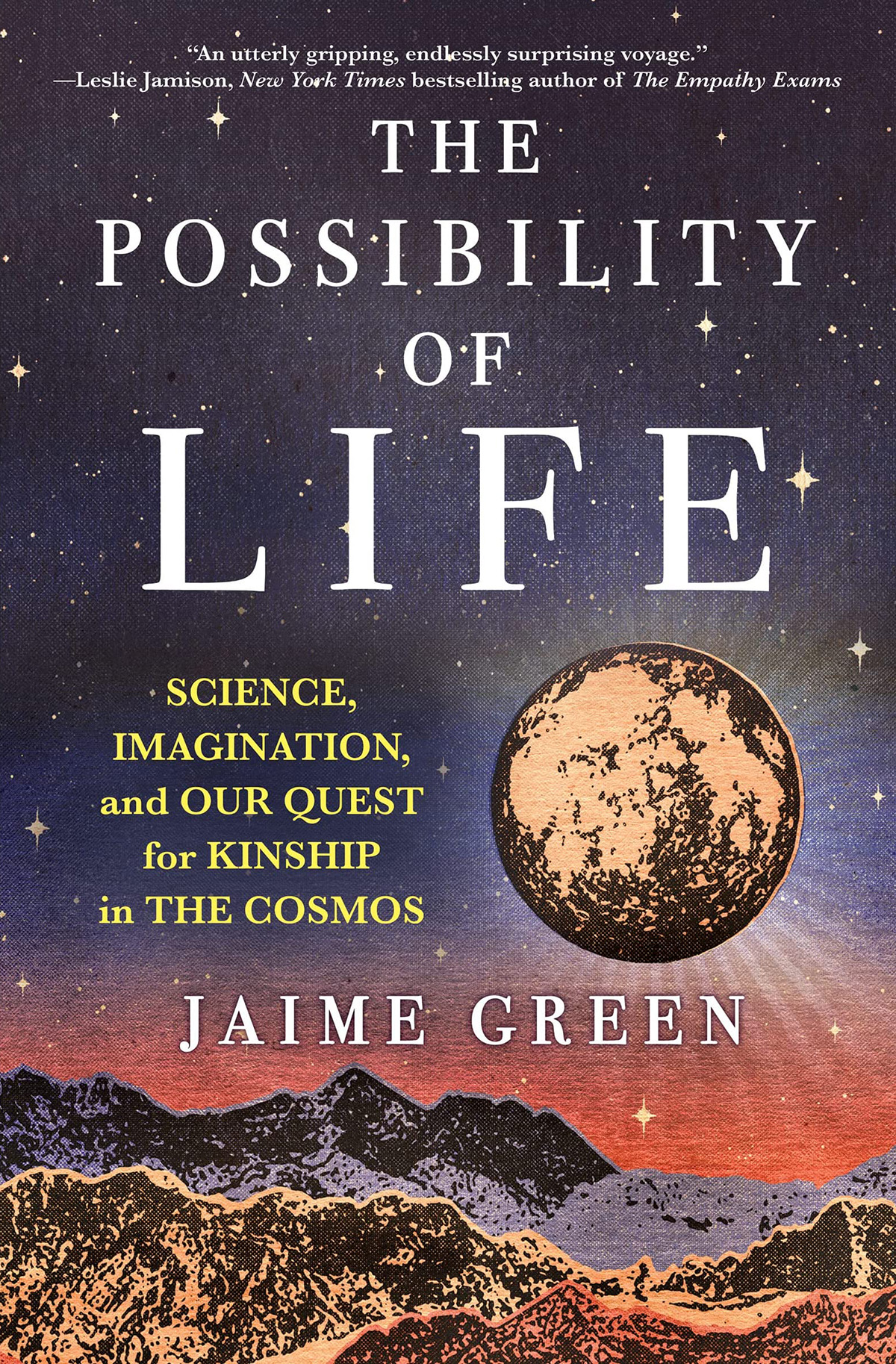
In response to a listener who was concerned about our ability to be “compassionate towards any life except our own,” Green encouraged us to look to optimistic examples from science fiction: “Star Trek does offer guidance in terms of the Prime Directive, in terms of how to interact with other intelligent species. But also one of the wonderful things about that show is it proposes an entire worldview that is caring. …You have a lot of ethical decisions to make when you are directly interacting with another species or even potentially sending them messages.” Listen to the interview.
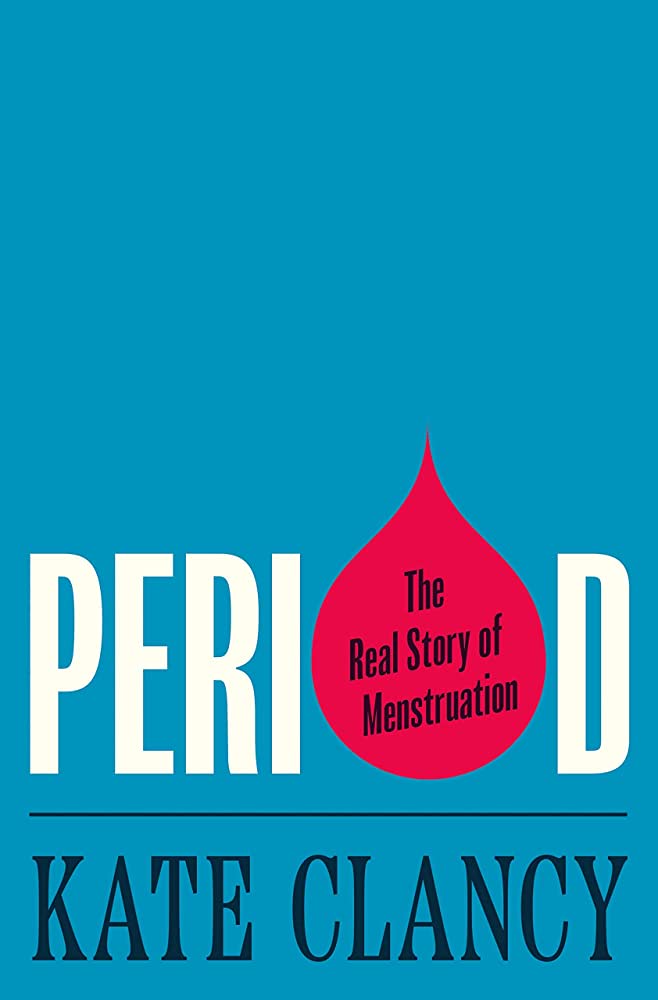
The author, when asked by guest host Maddie Sofia why she believes menstruation is understudied: “One of the big ones, of course, is menstrual stigma itself, which is a really persistent issue within Western science. The way that stigma tends to manifest is through silence, through lack of communication, through removing people from daily life who might be experiencing menstruation.” Listen to the interview.
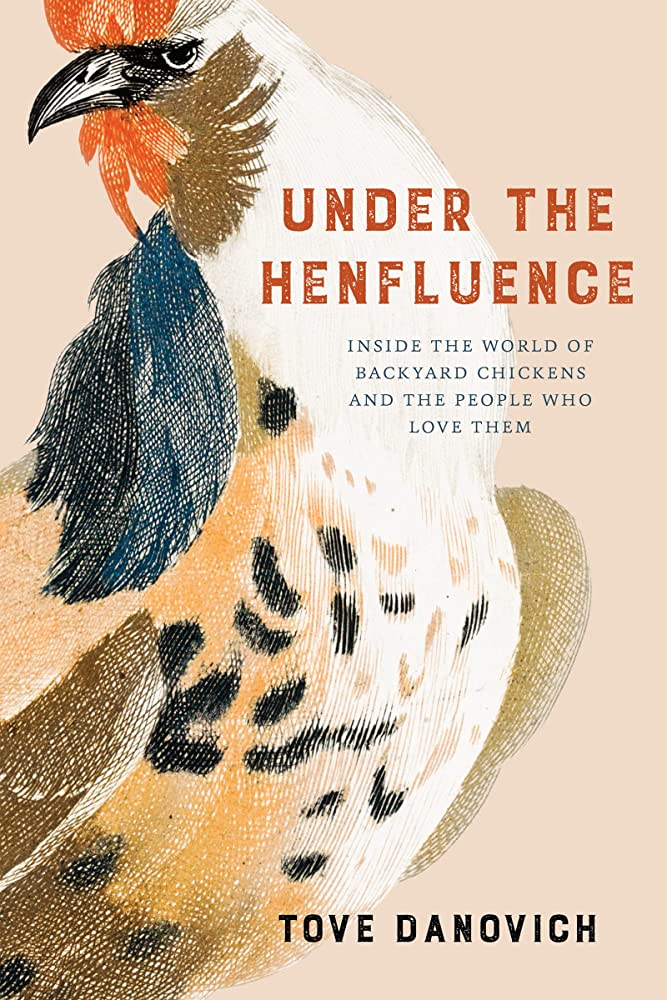
The author on how people’s decision to start a chicken coop fluctuates with the market: “Every time the economy goes down, we see a little boost in chicken keeping. So, of course, in recent years, with the pandemic in the early days of lockdown, toilet paper was hard to find but so were chickens because everyone went out to start a flock of chickens. And now, we have avian flu, which has led to the deaths of 58 million chickens just in the United States over the last year or so. And that has led to an increase in the price of eggs and sometimes egg shortages. So, once again, people are rushing out to get chickens. On the whole, they are just on the up and up.” Listen to the interview.
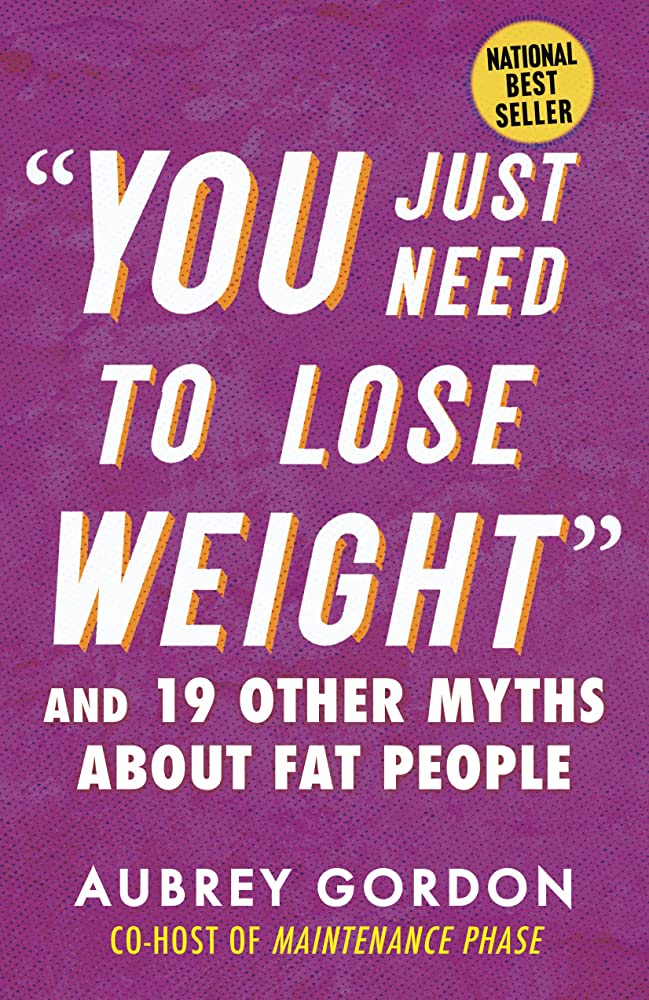
The author on how and why doctors may perceive fat patients different than others: “There is also some research into the attitudes of physicians, who are more likely to describe their fat patients as non-compliant, awkward, and ugly, as well as unhygienic and just a series of very personal judgments that precede even meeting the patient. This is on the basis of appearance alone. And I think it’s important to note that physicians get an incredible amount of technical training in so many things. But that technical training doesn’t generally include confronting their own biases about the patients they may serve. And that’s true of fat patients, in particular.” Listen to the interview.
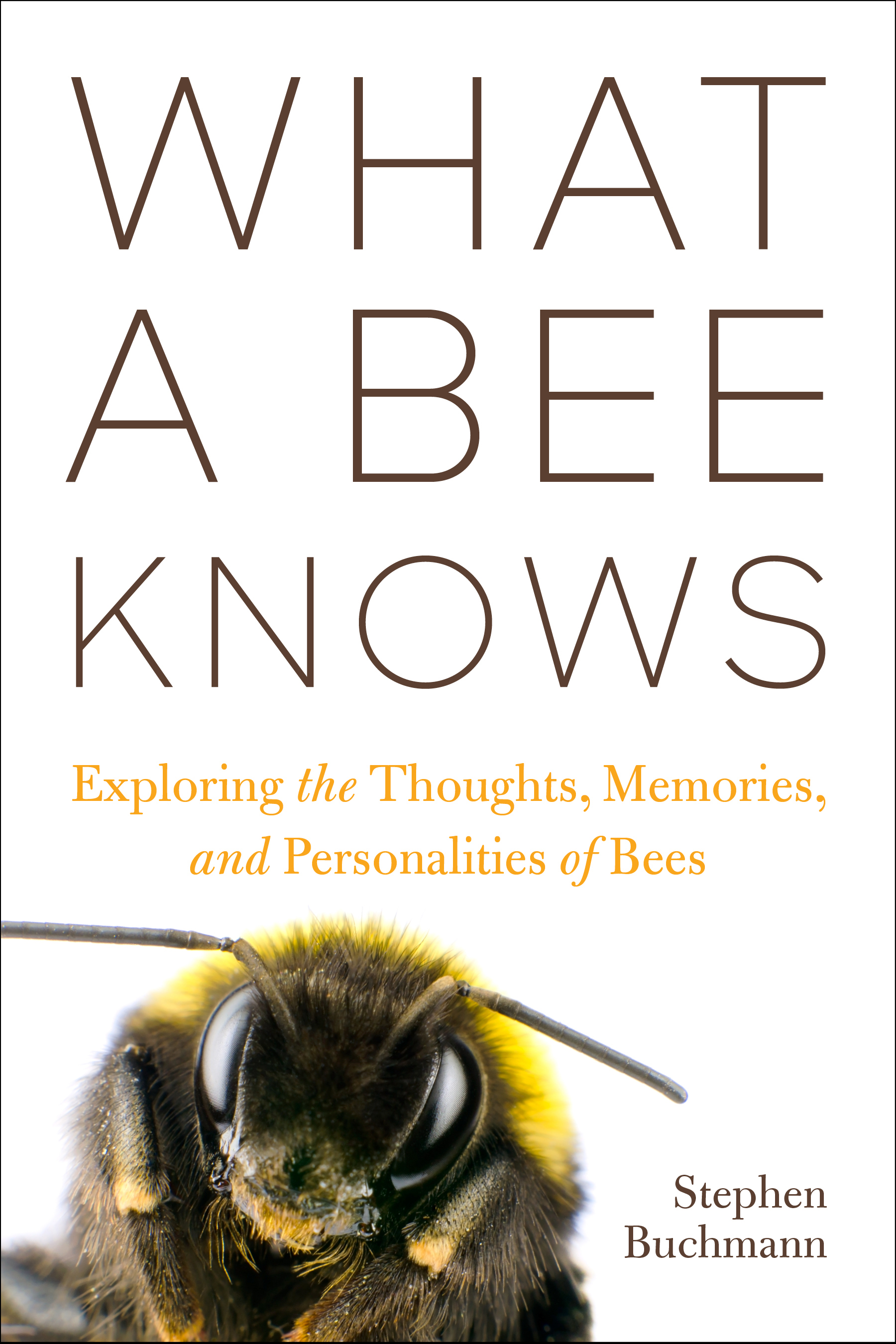
When host Ira Flatow asked the author about the evolution of bee research in the last 15 years, Buchmann responded, “But all of these bees are fascinating because they have brains that are the size of a poppy seed with about a million neurons. But they’re doing just phenomenal things. They’re problem solvers. They’re likely self aware. They may have a primitive form of consciousness. We’re just really now, in the last decade or so, figuring out what bees are all about, in terms of the inner bee.” Listen to the interview.
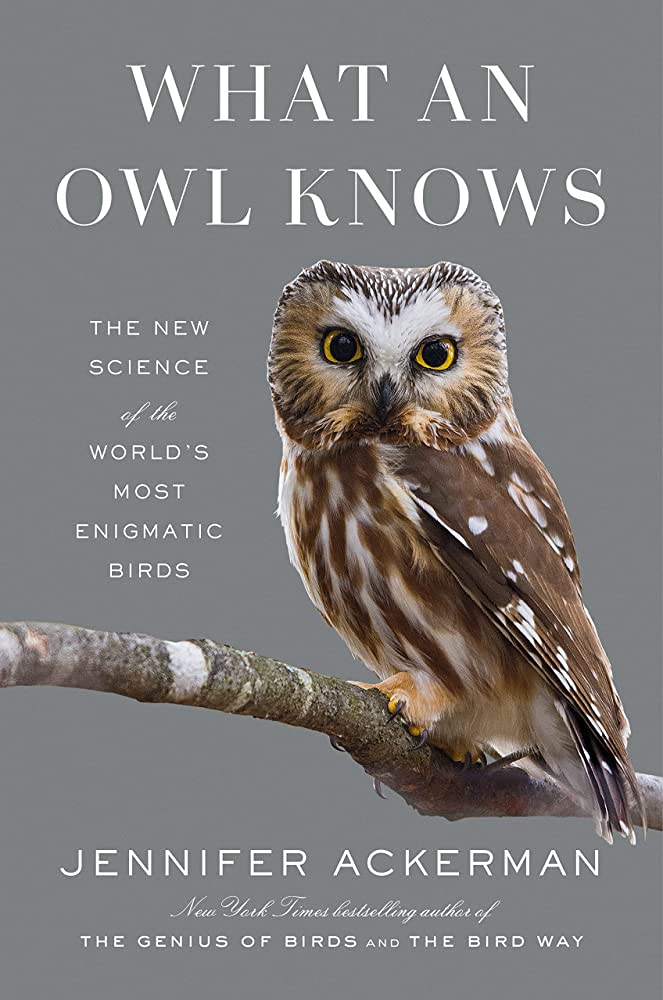
Guest host John Dankosky asked Ackerman how owls’ sight is different from that of other birds. She shared these amazing owl facts: “For one thing, they have eyes that are really big for their body size. If our eyes were in similar proportion to our bodies as an owl’s eyes are to its body, they’d be about the size of an orange and weigh almost 4 pounds. So owl eyes are super big. … Their forward-facing eyes give them binocular vision, which is a really big advantage in zeroing in on moving prey, the way they have to.” Listen to the interview.
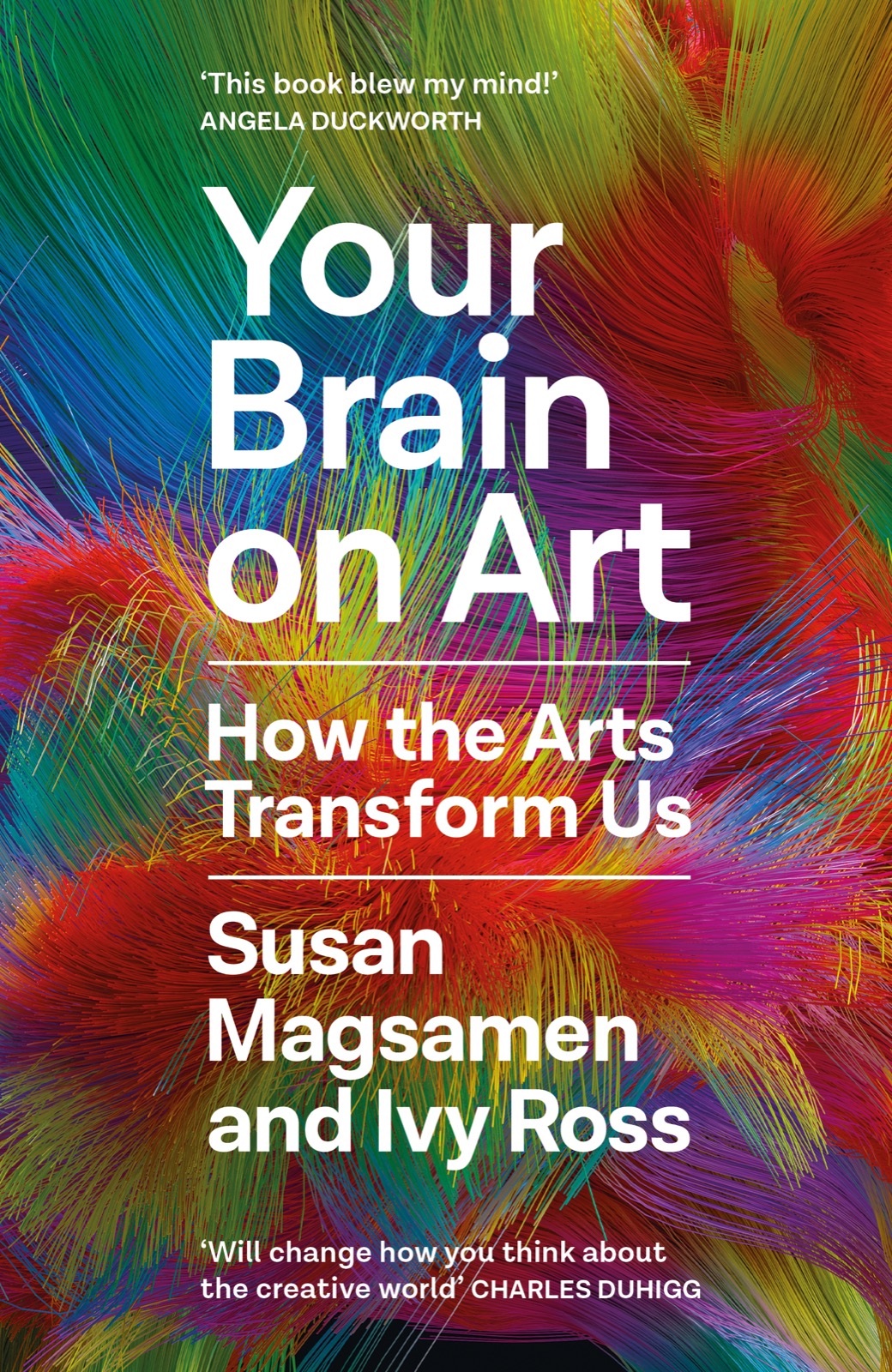
In a conversation with producer D. Peterschmidt, Magsamen outlined just a few of the ways the arts have been studied as possible treatments: “In healthcare, we know that singing helps people with dementia recall and reconnect with family. It also improves cognition and quality of life. We see dance helping people with Parkinson’s disease, stroke, and other motor-based challenges, improve their gait, their cognition, their sleep, and their mood.” Listen to the interview.
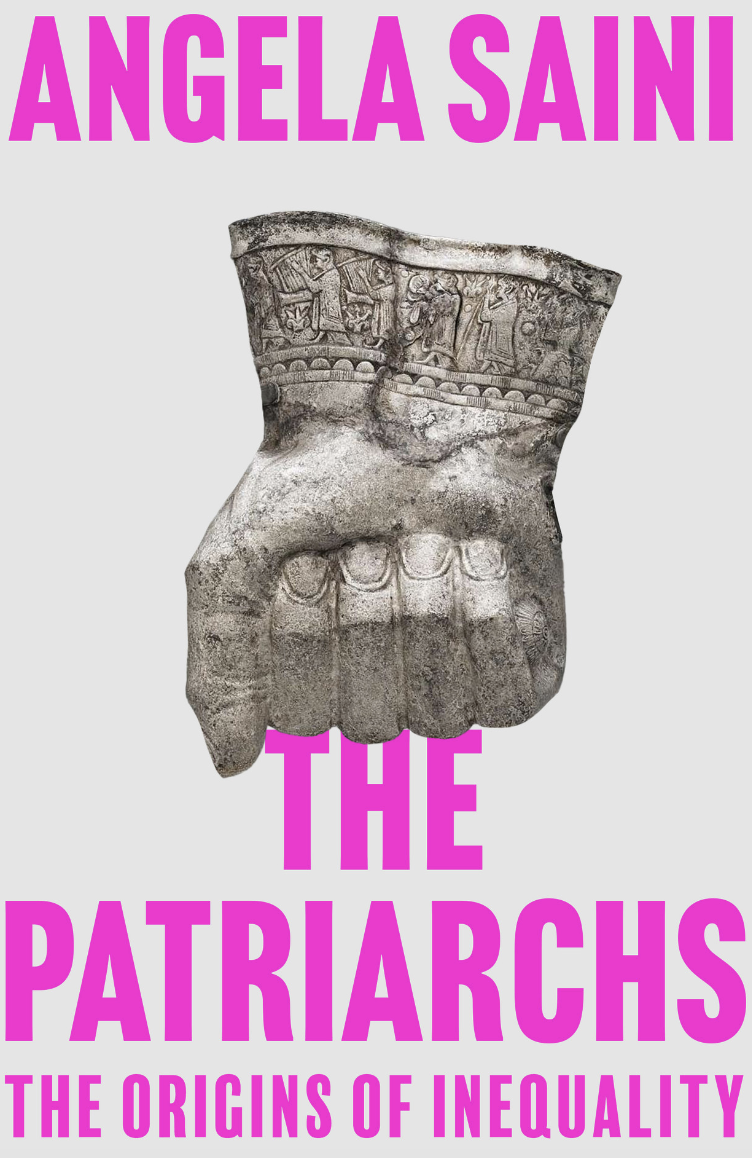
From science writer Annalee Newitz: “In this bold and radical book, Angela Saini explores the roots of what we call patriarchy, uncovering a complex history of how it first became embedded in societies and spread across the globe from prehistory into the present. She travels to the world’s earliest known human settlements, analyzes the latest research findings in science and archaeology, and traces cultural and political histories from the Americas to Asia.” Listen to the interview.
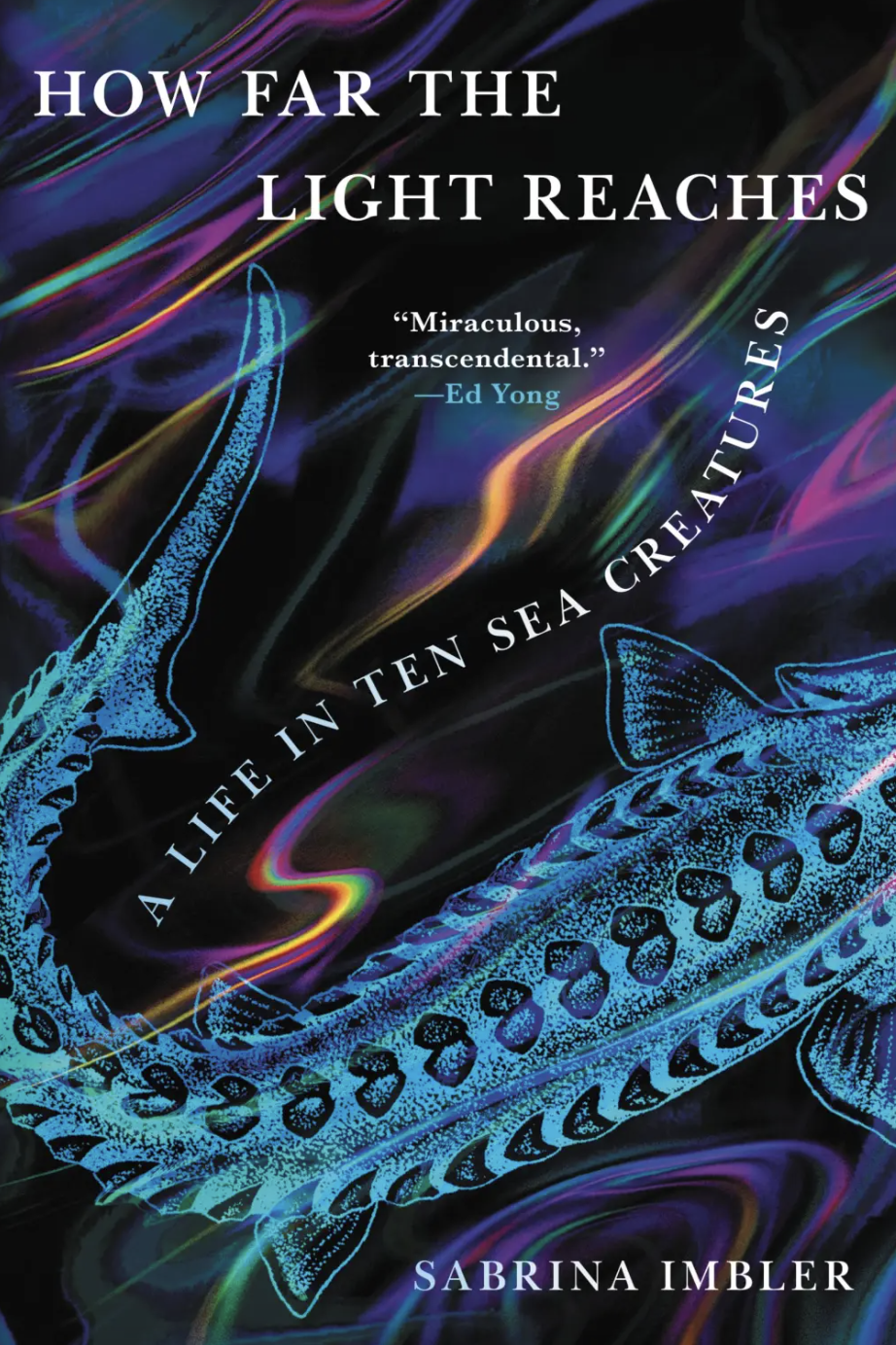
From science writer Annalee Newitz: “A queer, mixed-race writer working in a largely white, male field, Sabrina Imbler has always been drawn to the mystery of life in the sea, and particularly to creatures living in hostile or remote environments. … Exploring themes of adaptation, survival, sexuality, and care, and weaving the wonders of marine biology with stories of their own family, relationships, and coming of age, How Far the Light Reaches is a shimmering, otherworldly debut that attunes us to new visions of our world and its miracles.” Listen to the interview.
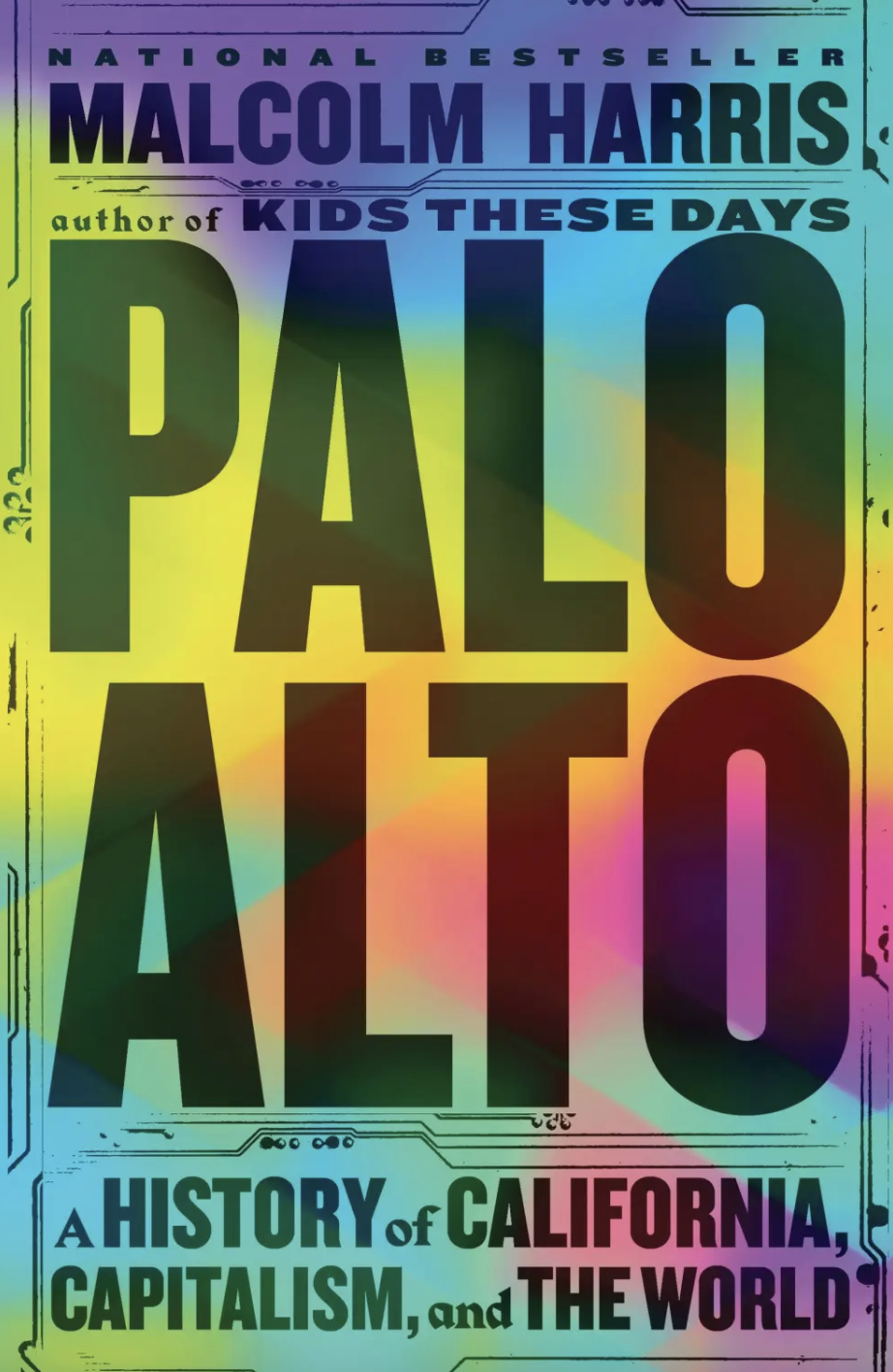
From science writer Annalee Newitz: “Malcolm Harris examines how and why Northern California evolved in the particular, consequential way it did, tracing the ideologies, technologies, and policies that have been engineered there over the course of 150 years of Anglo settler colonialism, from IQ tests to the ‘tragedy of the commons,’ racial genetics, and ‘broken windows’ theory. … [It] is an urgent and visionary history of the way we live now, one that ends with a clear-eyed, radical proposition for how we might begin to change course.” Listen to the interview.
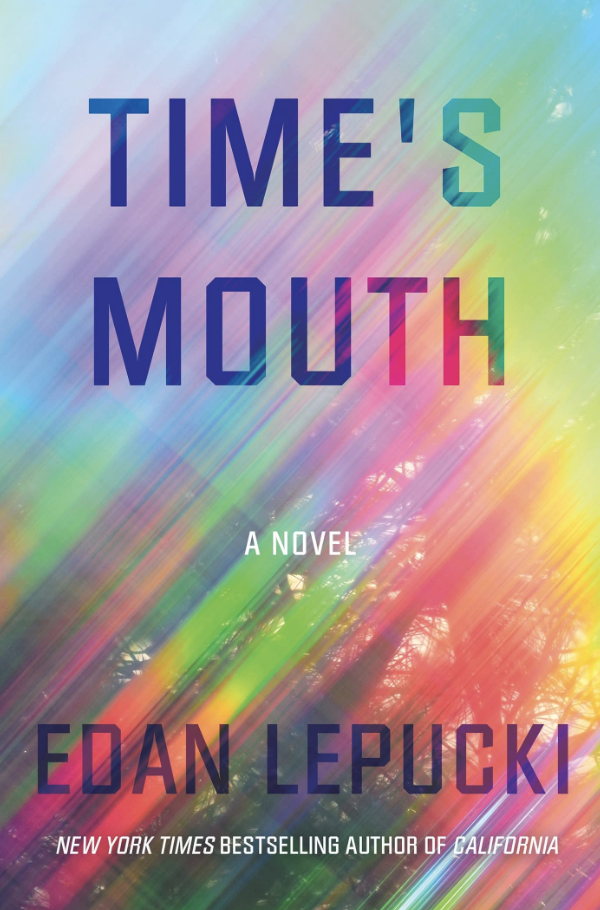
From science writer Jaime Green: “Ursa possesses a very special gift. She can travel through memory and revisit her past. After she flees her hometown for the counterculture glory of 1950’s California, the intoxicating potential of her unique ability eventually draws a group of women into her orbit. … From the forests of Santa Cruz, to the 1980s glam of Melrose Avenue, to a solitary mansion among the oil derricks off La Cienega Boulevard, Time’s Mouth is a poignant and evocative excavation of the bonds that bind families together.” Listen to the interview.
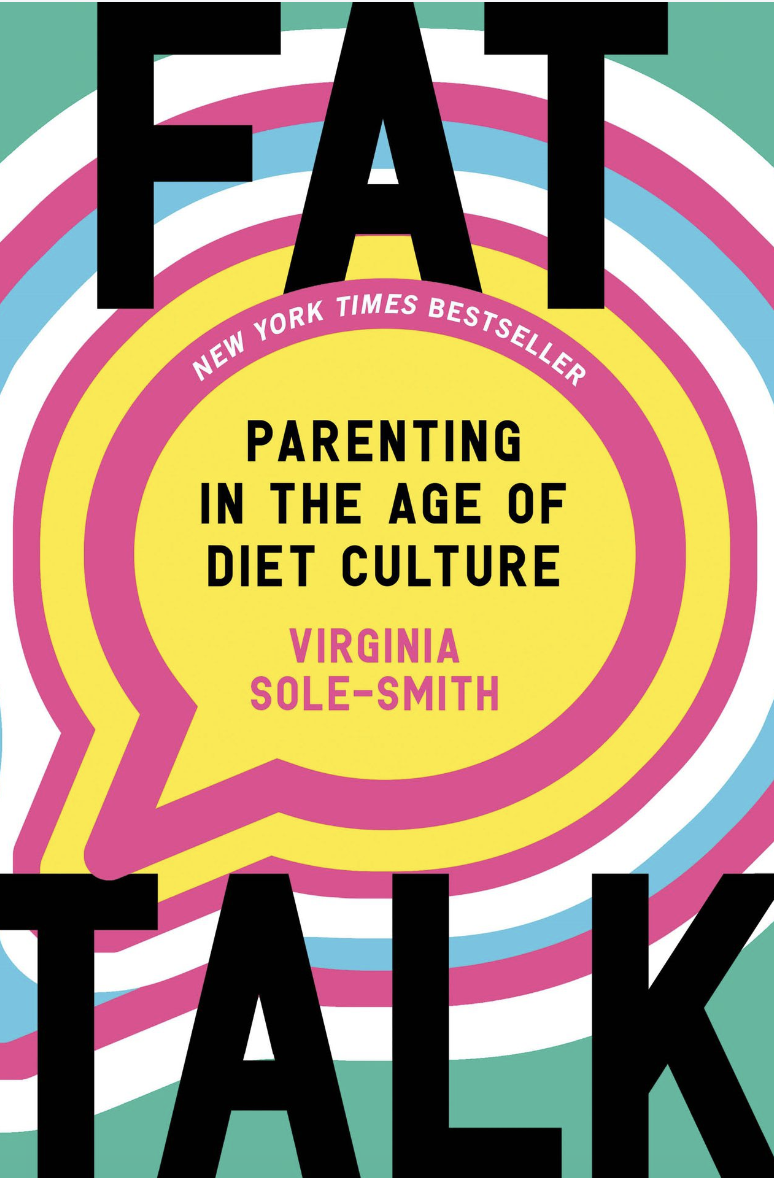
From science writer Jaime Green: “In this illuminating narrative, journalist Virginia Sole-Smith exposes the daily onslaught of fatphobia and body shaming that kids face from school, sports, doctors, diet culture, and parents themselves—and offers strategies for how families can change the conversation around weight, health, and self-worth.” Listen to the interview.
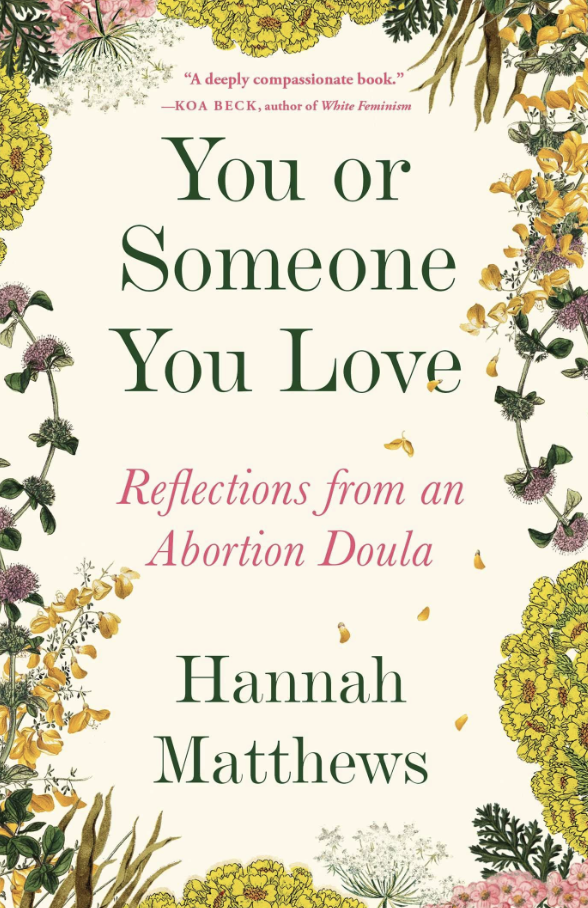
From science writer Jaime Green: “Featuring stories of real abortion experiences, including Matthews’s own, You or Someone You Love offers a glimpse into the stunningly diverse landscape of abortion care across gender, race, and class lines, while illustrating how we can better support and protect the people who seek abortion in a country that increasingly promotes secrecy and shame.” Listen to the interview.
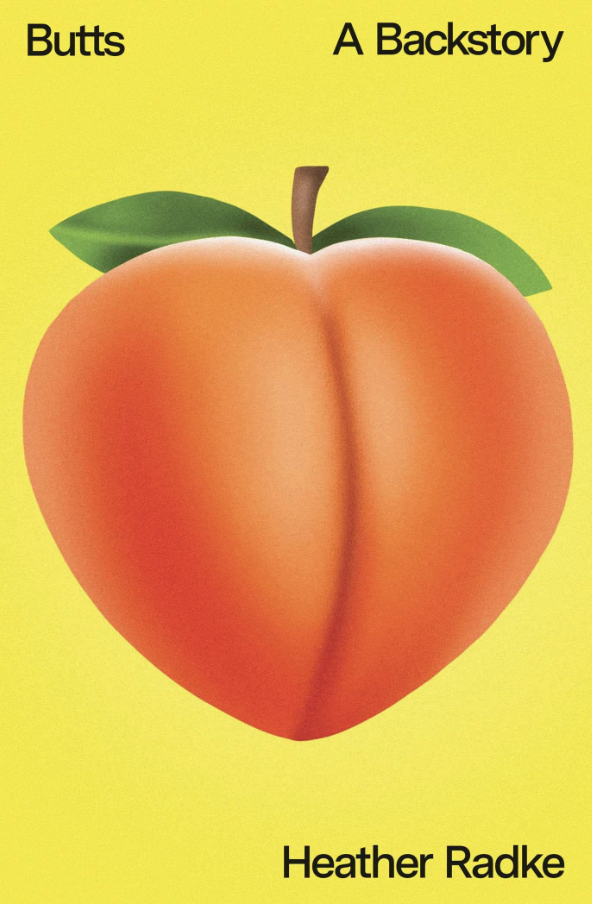
From science writer Jaime Green: “Whether we love them or hate them, think they’re sexy, think they’re strange, consider them too big, too small, or anywhere in between, humans have a complicated relationship with butts. … A woman’s butt, in particular, is forever being assessed, criticized, and objectified, from anxious self-examinations trying on jeans in department store dressing rooms to enduring crass remarks while walking down a street or high school hallways. But why? In Butts: A Backstory, Heather Radke is determined to find out.” Listen to the interview.
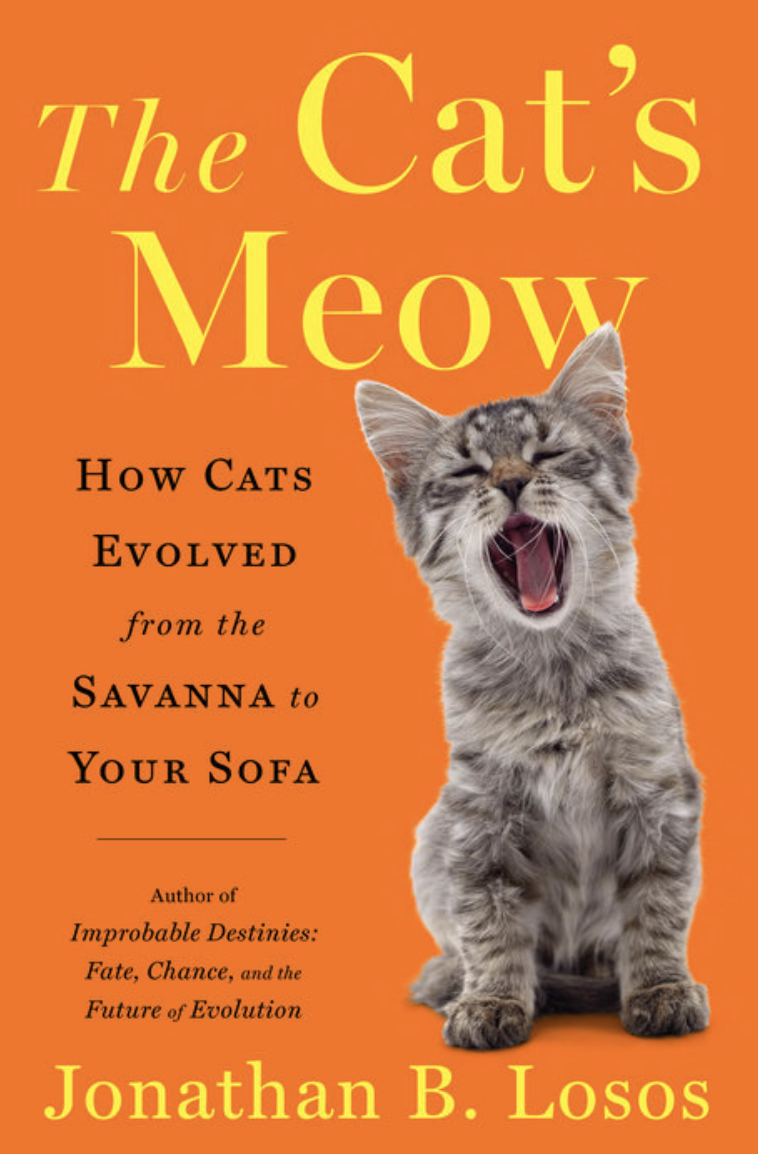
When guest host John Dankosky asked the author if scientists have figured out what cats are actually trying to tell us when they meow (which may have been equal parts journalism and personal inquiry; Dankosky has three cats at home), Losos let him down a bit: “The short answer is no. There is no universal cat language where one sort of meow means ‘I’m hungry’ and another sort means ‘let me out of the room’ or whatever. But anyone who’s lived with a cat knows that they have different meows that they use in different contexts. And so the question is, are they trying to tell us something by these different meows? And if so, what?” Listen to the interview.
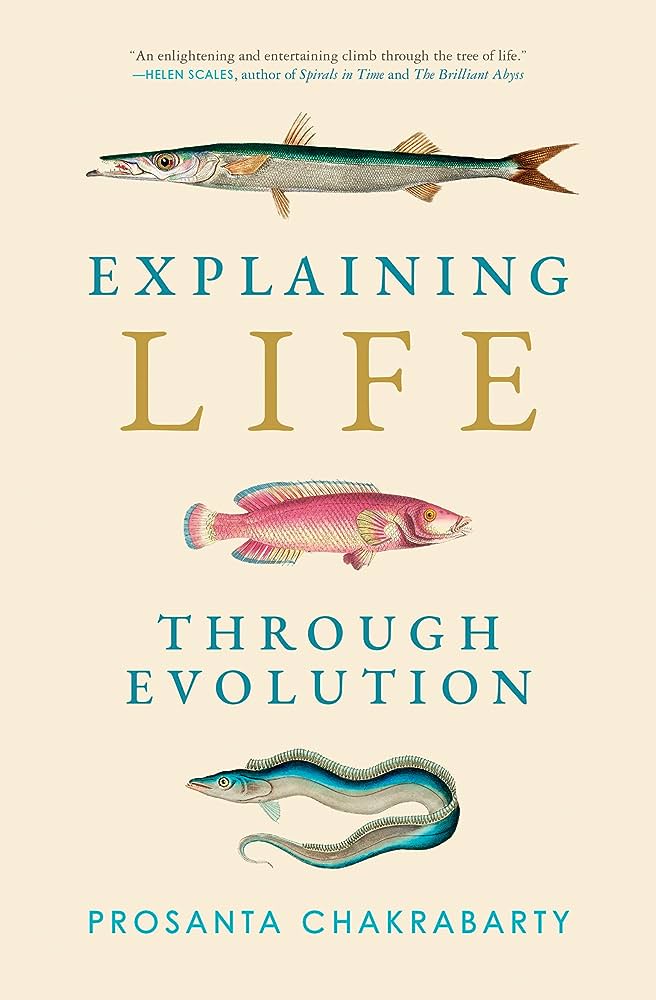
The author on why the classic illustration The March of Progress may have done more harm than good in trying to explain evolution: “It looks like we’re the top of the pinnacle of evolution, which we’re not. There is no pinnacle. There is no goal. It’s much more of a fanning out from that origins of life into the diversity of life we see today. So an amoeba or a cardinal that we see today is also the descendants of that first life, and it wasn’t leading to us. Monkeys aren’t evolving into us. We are apes. We have common ancestry.” Listen to the interview.
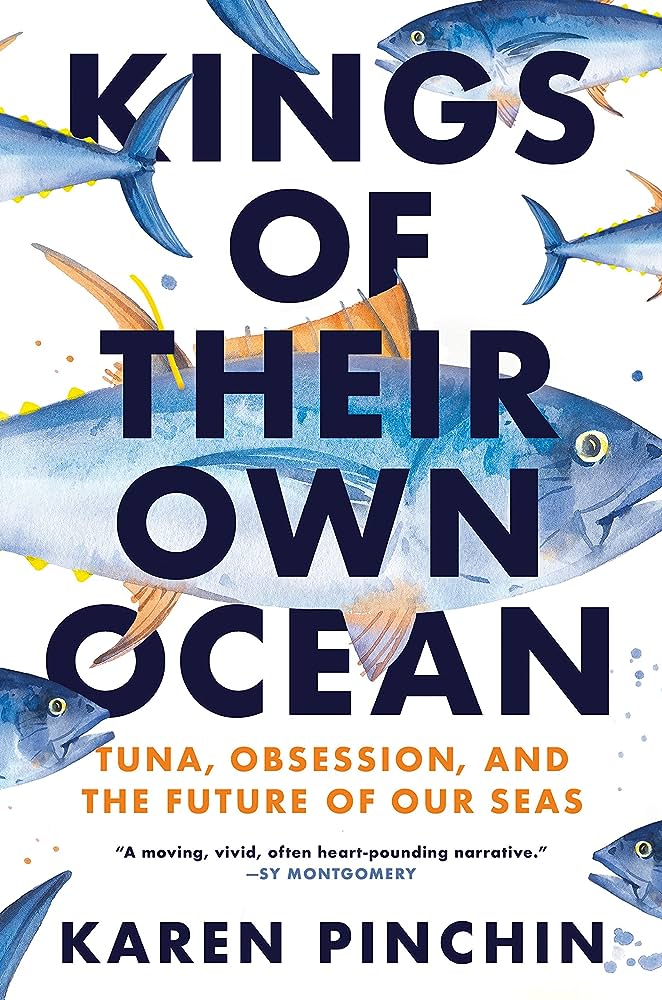
When host Ira Flatow asked the author to begin by describing a bluefin tuna for listeners, she gave this awe-filled response: “It’s the most remarkable color. Photographs do not do this fish justice. It’s almost like a rainbow in all the colors as they shift on its body. And it has these extremely sharp-looking fins. Its tail almost looks like it can be a weapon. It kind of has these really sharp points. It’s a remarkable creature.” Listen to the interview.
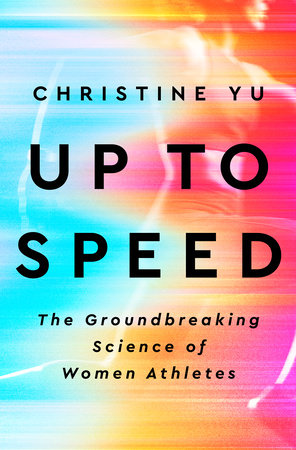
The author on why we should stop comparing women’s athletic results to men’s: “I think we should be looking at women’s sports, women athletes, the women’s game as an entity in and of itself. Because sport has been created really with men in mind. Women have constantly been forced to almost like force-fit themselves right into this world that wasn’t designed or made for them. So I think that being able to separate that out, consider the women’s game for what it is in and of itself, it gives women an opportunity to perform and to succeed and really see what’s possible without the weight of all of that expectations of what men have done in the past.” Listen to the interview.
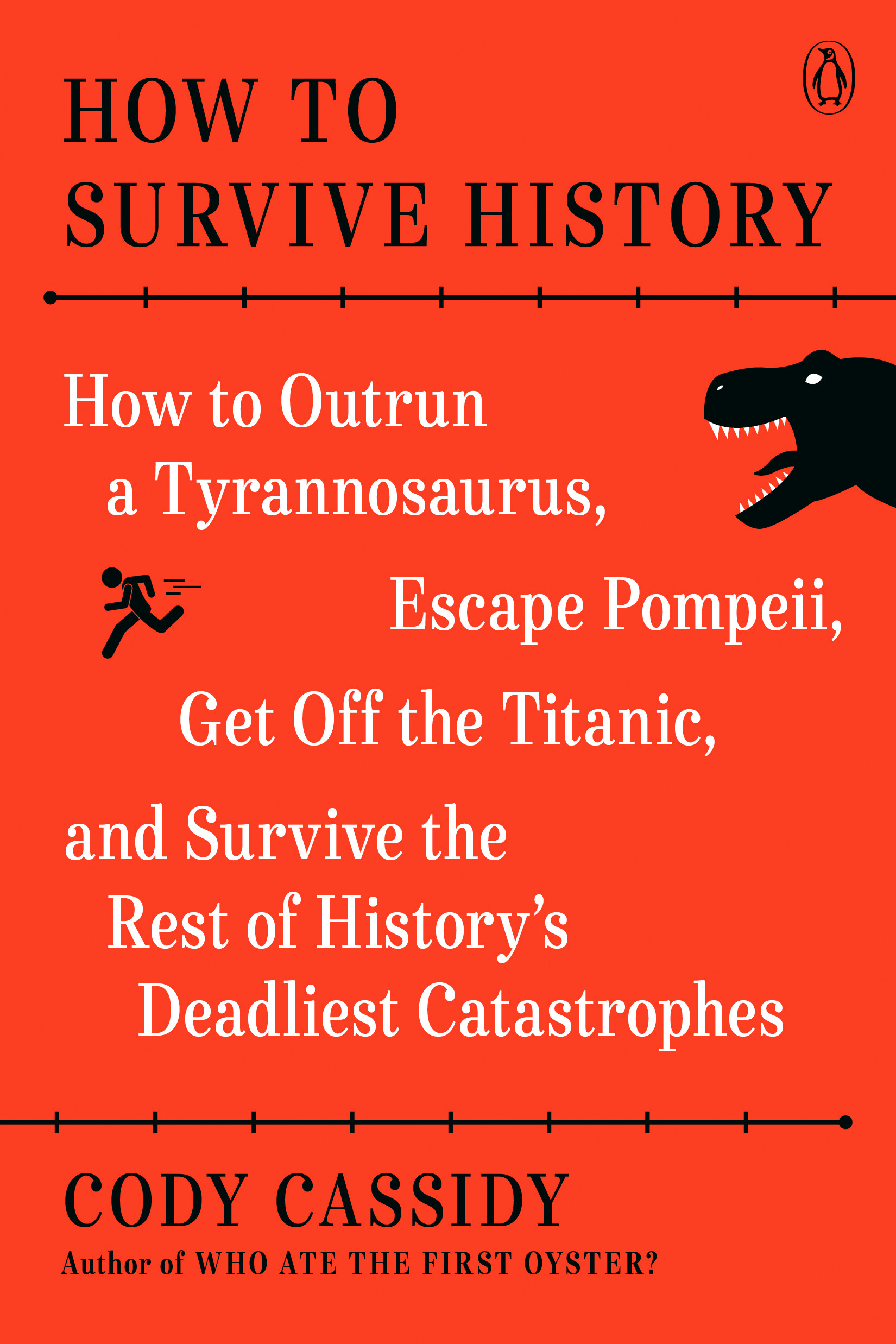
When guest host Flora Lichtman asked the author about some of the surprising questions he had asked experts, he told her about one memorable response he got: “…when I spoke to the archaeologist who’s done quite a lot of work [in Pompeii] and I asked him how he would have survived, he suggested actually you run toward the volcano, which I found surprising. But he said the timing of the eruption and the way the wind blew that morning would actually mean that if you ran toward it and then past it, you would have the best chance.” Listen to the interview.
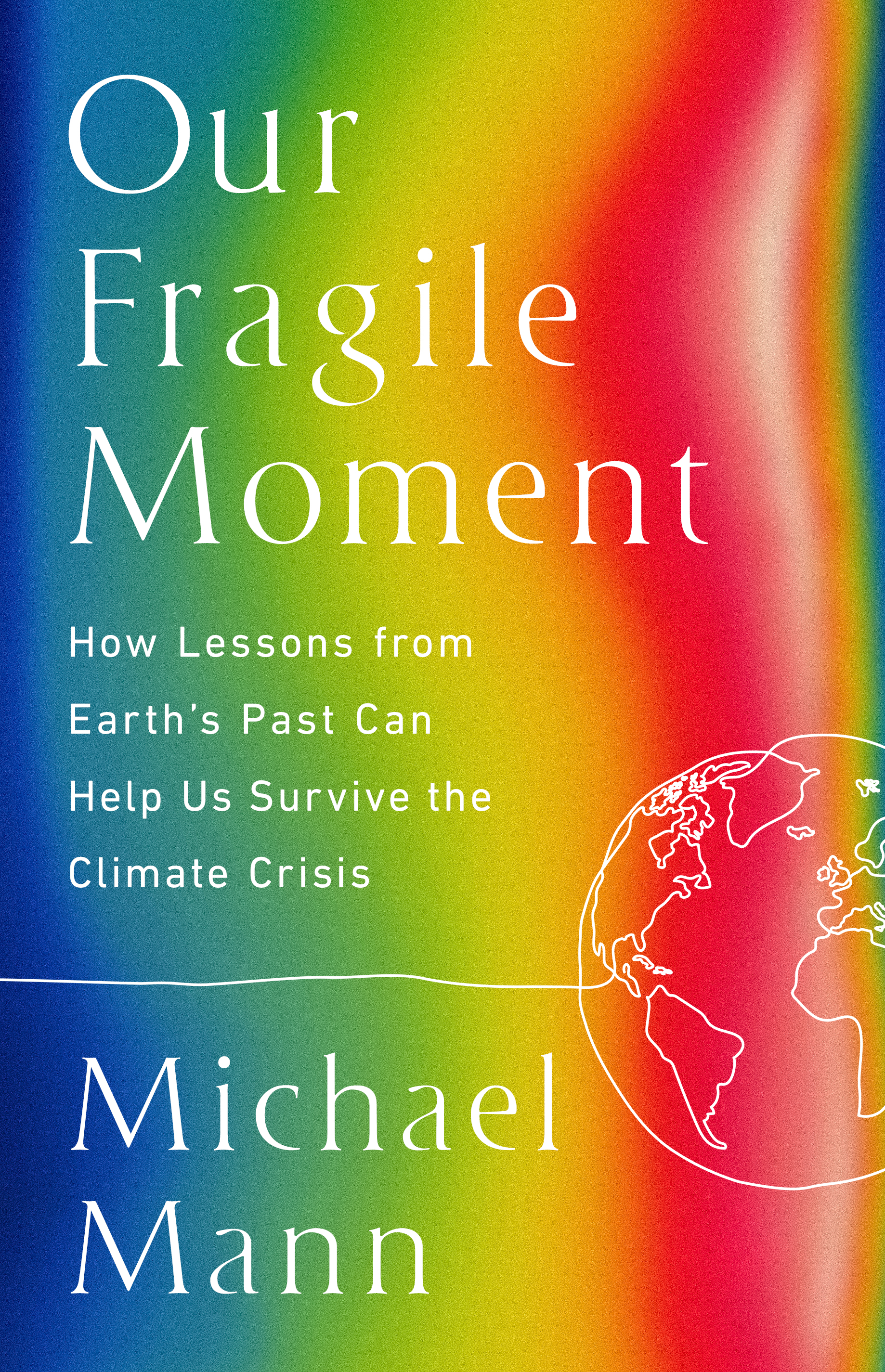
The author on why it’s important not to lose hope as we continue addressing the climate crisis: “One of the things that I try to do with the book is to make it clear that the paleoclimate record, the past climate events, past extinction events, if you understand in detail what drove them, they do not tell us that it is too late today. We do not necessarily have to be part of the next great extinction event. But there’s a shrinking window of opportunity. And the paleoclimate record speaks to that as well. It speaks to both the resilience that the climate system has to a point and the fragility of the climate system once you go beyond that point.” Listen to the interview.
Guest host Dessa asked the author to describe some of the approaches to developing accessible tech for disabled people (and why they might be misguided): “At the front, when we think about where disabled people get recruited into science projects, it’s often at the level of human subjects research. And so much needs to come before that. You’re already at the point where you are testing something, that you have a clear idea of how you would like it to be used, and you’re testing along the lines of use, and you’ve already created it with particular possibilities. And that’s way too late in the process to be consulting the communities that, in theory, you think you want to work for.” Listen to the interview.
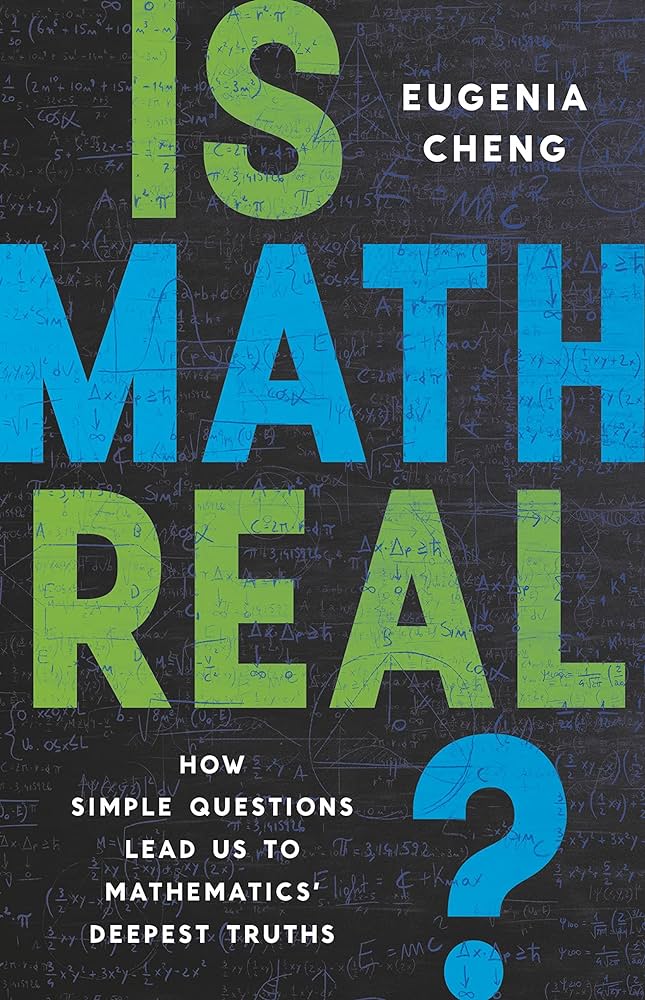
The author on why it was important to her to reiterate to readers that there’s no stupid questions when it comes to math: “I think too many people have been made to feel really stupid in math classes by asking questions that didn’t get answered. … those questions are often very profound questions that lead to wonderful, amazing deep research math. But because they’re not part of the curriculum and maybe because people don’t have time to answer them because they’re under so much pressure to cover the curriculum, they get fobbed off. … And so the people who have those deeper questions start thinking like they’re stupid about math. And that makes me sad. And I want to try and change that.” Listen to the interview.
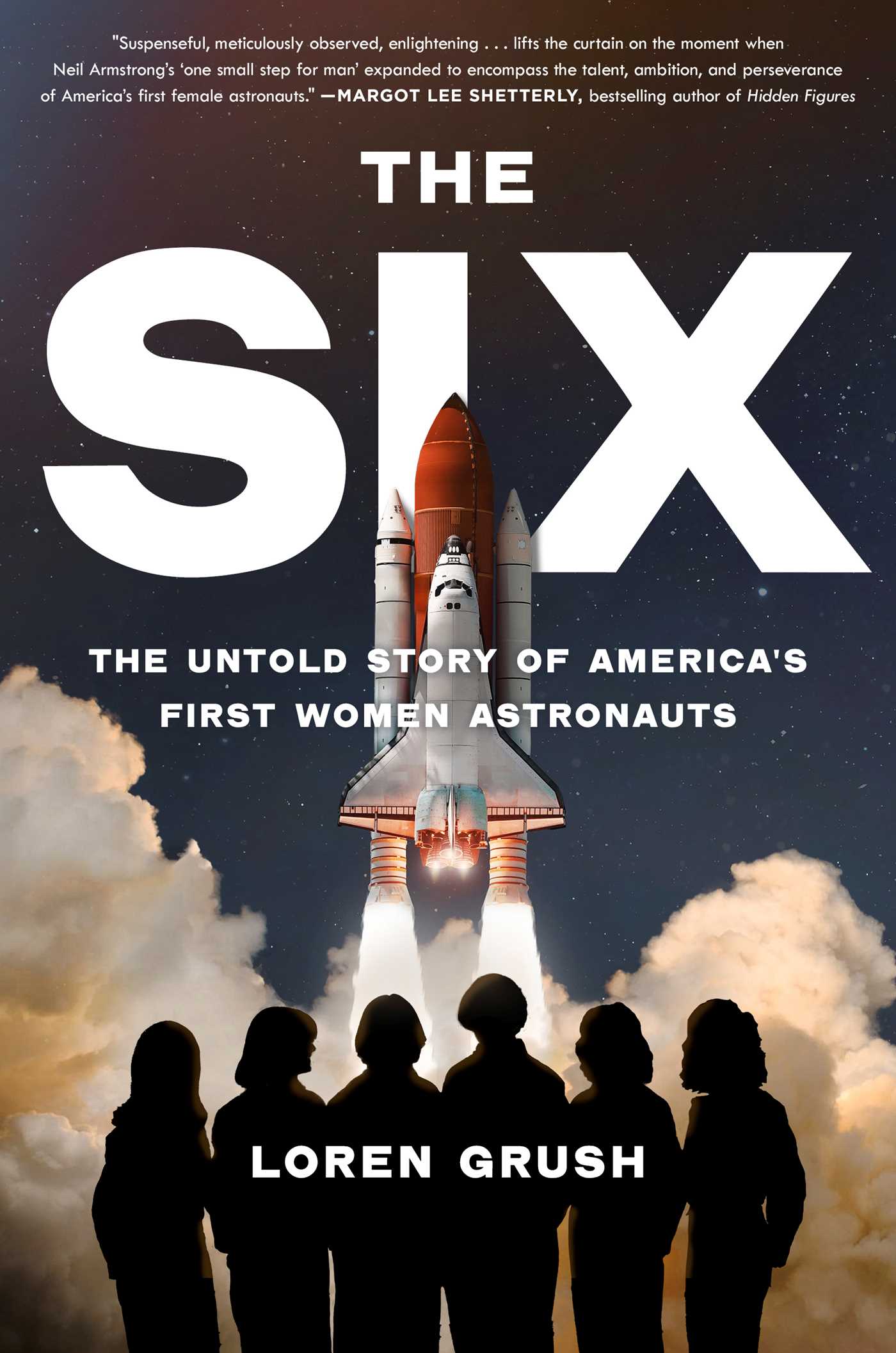
When host Ira Flatow asked the author how the first six women in the NASA program had an impact on the space program, she told him about the particular difficulty of being the first in an industry that previously excluded you: “They had to deal with the first women’s issues in terms of, how do you go to the bathroom in space when you’re a woman and what facilities do you need? So they had to work out those kinks at the beginning. And also, they didn’t have mentors or other women mentors … who gave them guidance and helped them whenever they needed any kind of help as a group. But they didn’t really have other women astronauts they could turn to for help and guidance. But, ultimately, they opened that door for all the women who came after them. … And that’s ultimately what pioneers do, right? They have it hard at first so that the others that come after them have it easier.” Listen to the interview.
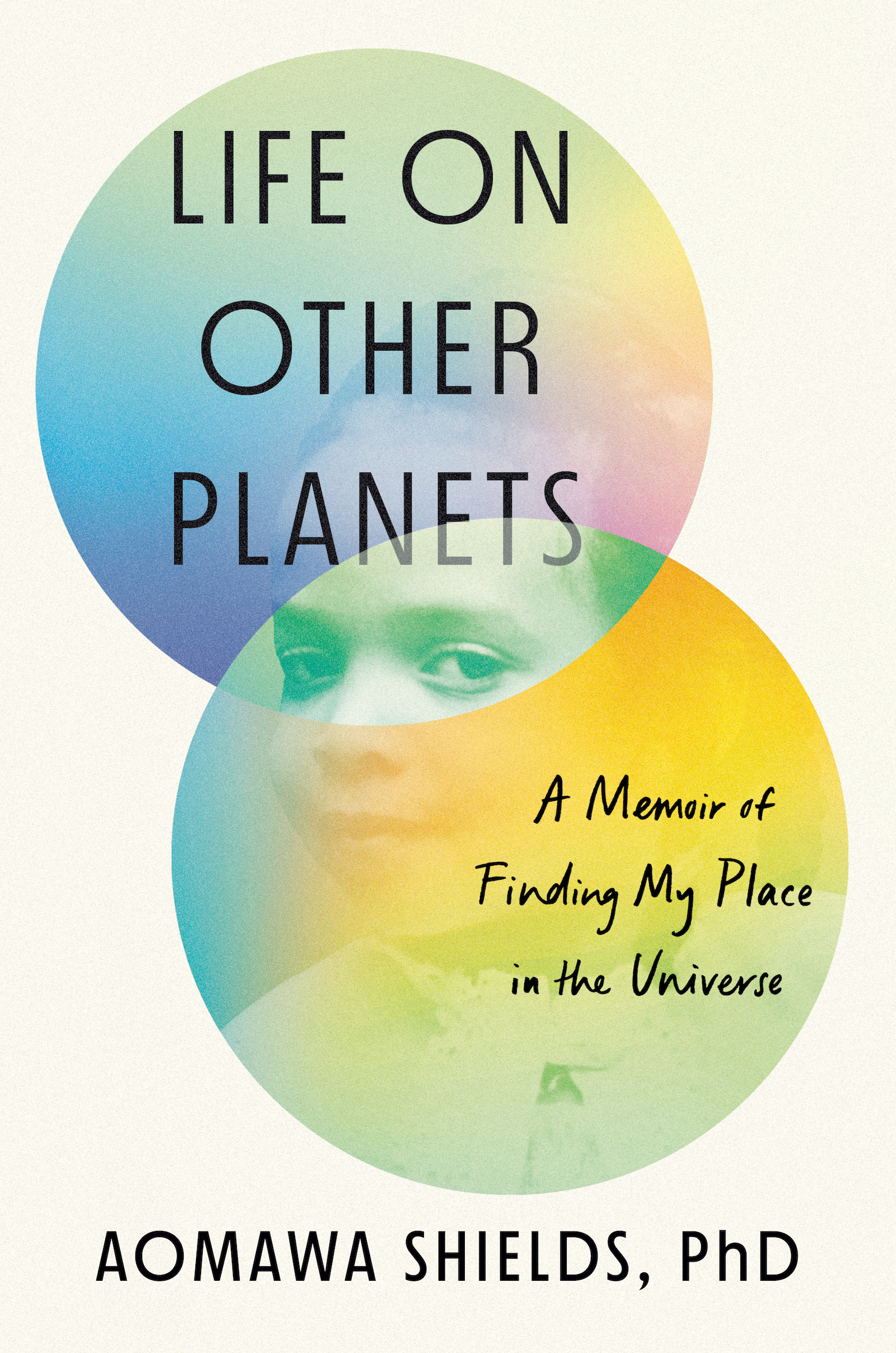
When guest host Swapna Krishna asked the author if she hopes there is life out there among the stars, she stated her hope and belief that there is: “We’ve only scratched the tiniest part of a surface. And so we have so much more out there to look for. Through sheer numbers alone, in my mind, it’s unlikely that it’s only us. And what I’m excited about is allowing more people to be involved in this endeavor than have ever been involved in any kind of space or scientific endeavor thus far.” Listen to the interview.
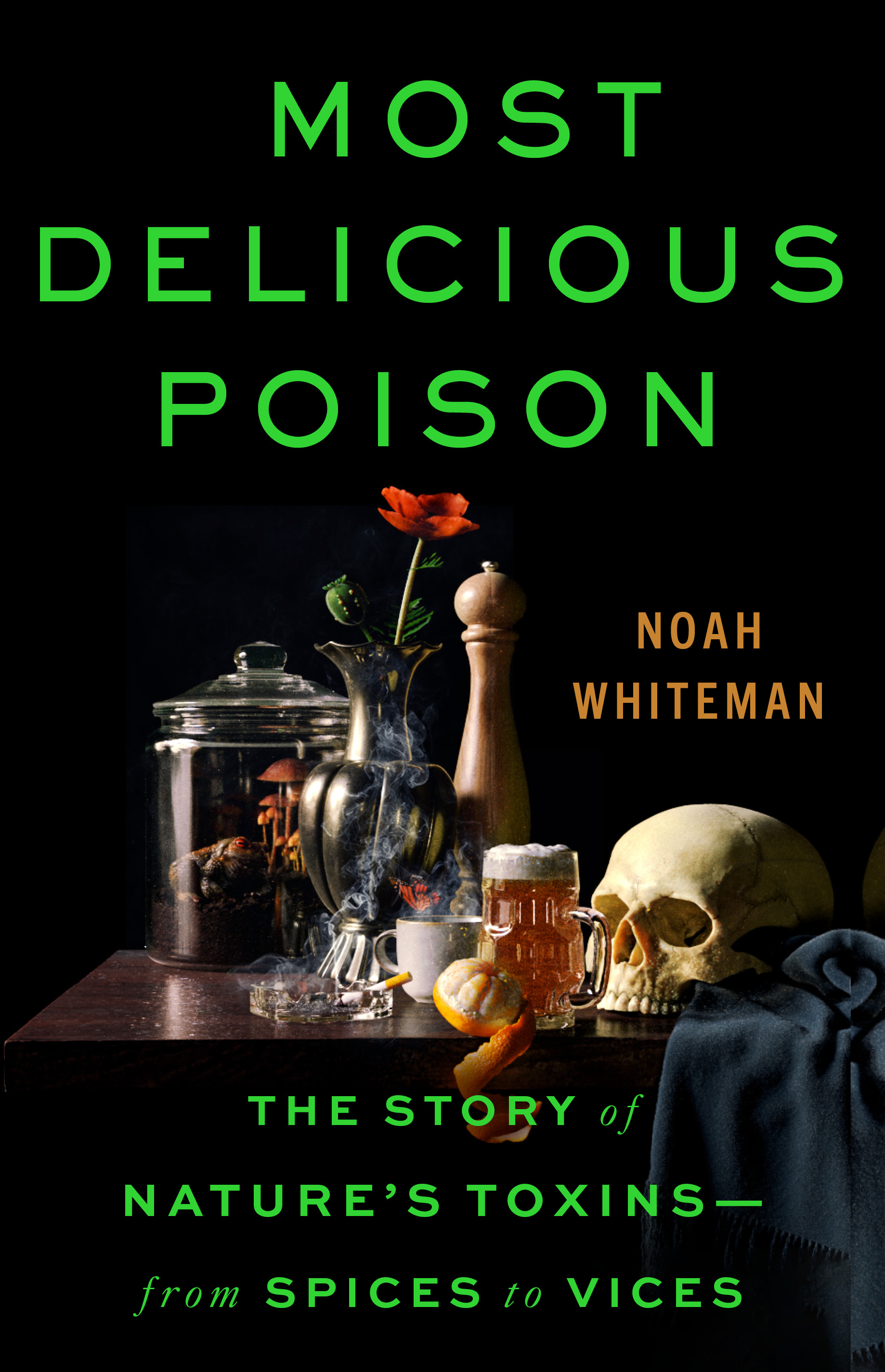
The author on how biology and dosing is everything when it comes to poisons and toxins: “If it’s toxic to an insect, it doesn’t always mean it’s going to be toxic to us. But we ought to carefully look at that and think very carefully about the dose. And so yes, there are safe levels of caffeine to consume. For humans, it’s about 400 milligrams a day, I think. And if you go above that, yes, there can be toxic effects.” Listen to the interview.
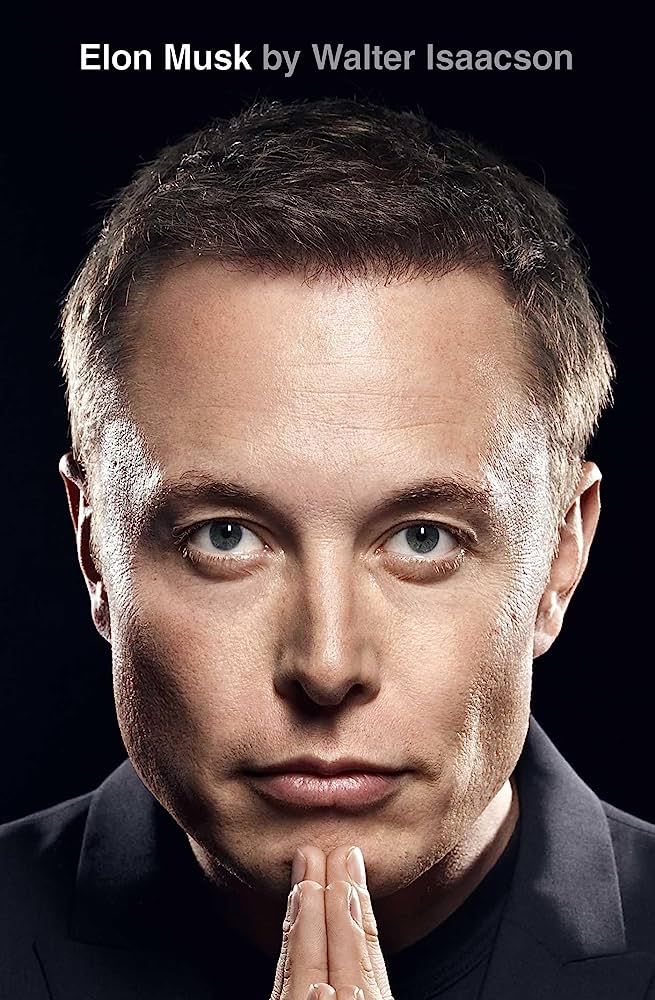
The author on the similarities between Elon Musk and other subjects he has written books about: “Steve Jobs was a disruptor, and he had a reality distortion field, which meant when people said something was impossible, he would sometimes stare at them without blinking and say, ‘don’t be afraid, you can do it.’ … Well, Elon Musk is the same way. He runs roughshod over people a lot of the time, but he also inspires them and makes them understand why the higher mission might be worth it.” Listen to the interview.
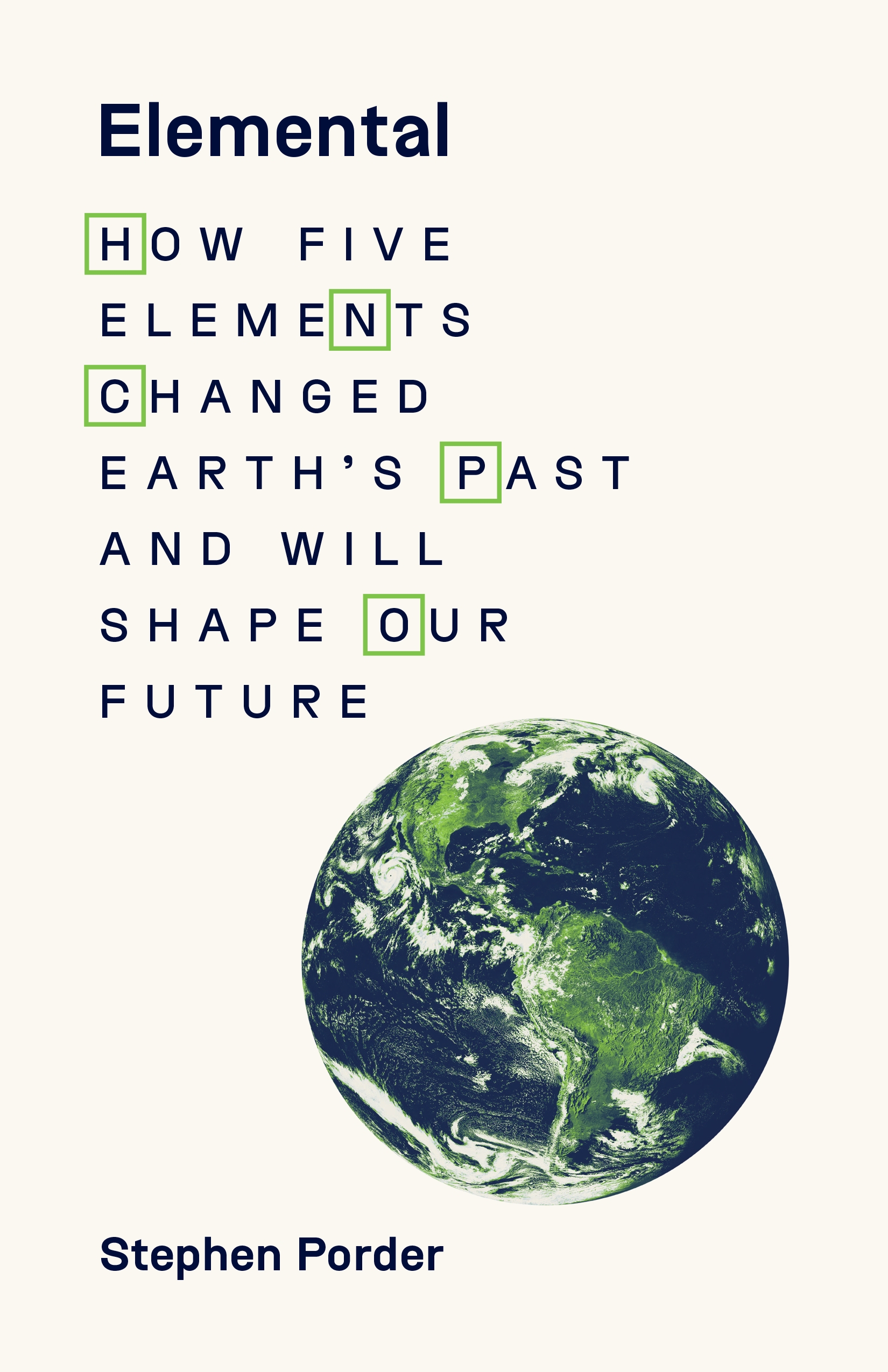
The author, when asked about the key message of his book: “… world-changing organisms like humans and cyanobacteria and land plants share a lot in common. …They share these elements and they also share innovations in gathering these elements in radical new ways. In the case of the cyanobacteria and plants, it was evolutionary. In the case of humans, it’s our ingenuity, which I suppose is evolutionary in terms of—we evolved big brains that work in a particular way. … I really believe that a more sustainable society is built on the wise management of these five elements. That doesn’t mean that that’s all it will require to have a sustainable society. But it’s necessary, if not sufficient.” Listen to the interview.

When a caller asked how people can get more involved in making systems like public transit better, the author encouraged them to continue striving for collective systems and political involvement: “I live in Boston, and I love taking the train to New York. That is absolutely my preferred way to go down the corridor. And there really is the potential for this to be how we manage the intercity mobility. And a chunk of how we’re going to get there is people saying, ‘this is the thing we want.’” Listen to the interview.
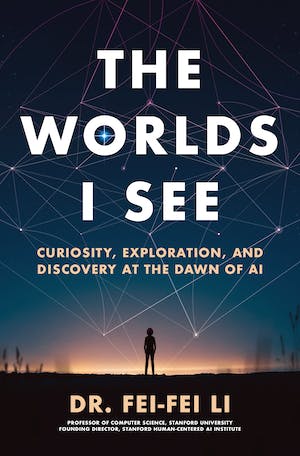
The author on how bias works its way into AI algorithms—and what responsibilities developers have to mitigate those biases: “I mean, algorithm bias is one of the many risks that AI technology brings. And there are multiple ways to mitigate this. There’s the technological way I’ll get into. … But there is also the social piece. Whether you’re a researcher or you’re developing a product, there’s more and more awareness in a social context of the harm of data bias and algorithm bias. And we try to mitigate that. Eventually, we will need some guardrails. Depending on the vertical space—whether it’s healthcare or finance—some of the guardrails needs to be assessing and evaluating issues like bias.” Listen to the interview.
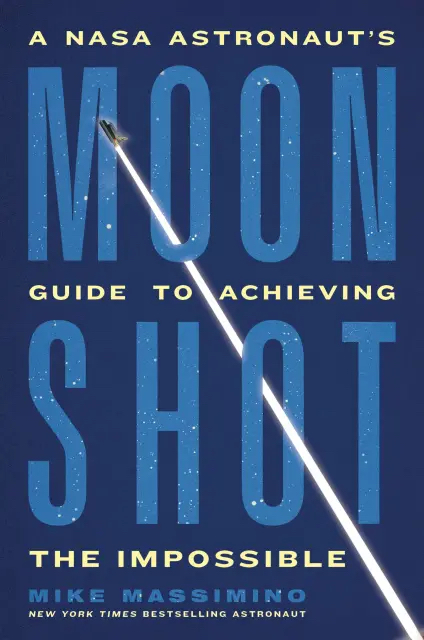
The author on how he kept persevering after many rejections from the space program: “One out of a million, if that’s what my chances were [of becoming an astronaut], that’s a non-zero outcome. That’s a small number, it’s not very likely, but it’s non-zero. It’s a bunch of zeros with a one at the end. And then I thought further, that the only way that the probability of success goes to zero and I will know the outcome and I will not be successful, is if I give up. … The only thing I could control was my effort.” Listen to the interview.
Diana Plasker is the Senior Manager of Experiences at Science Friday, where she creates live events and partnerships to delight and engage audiences in the world of science.